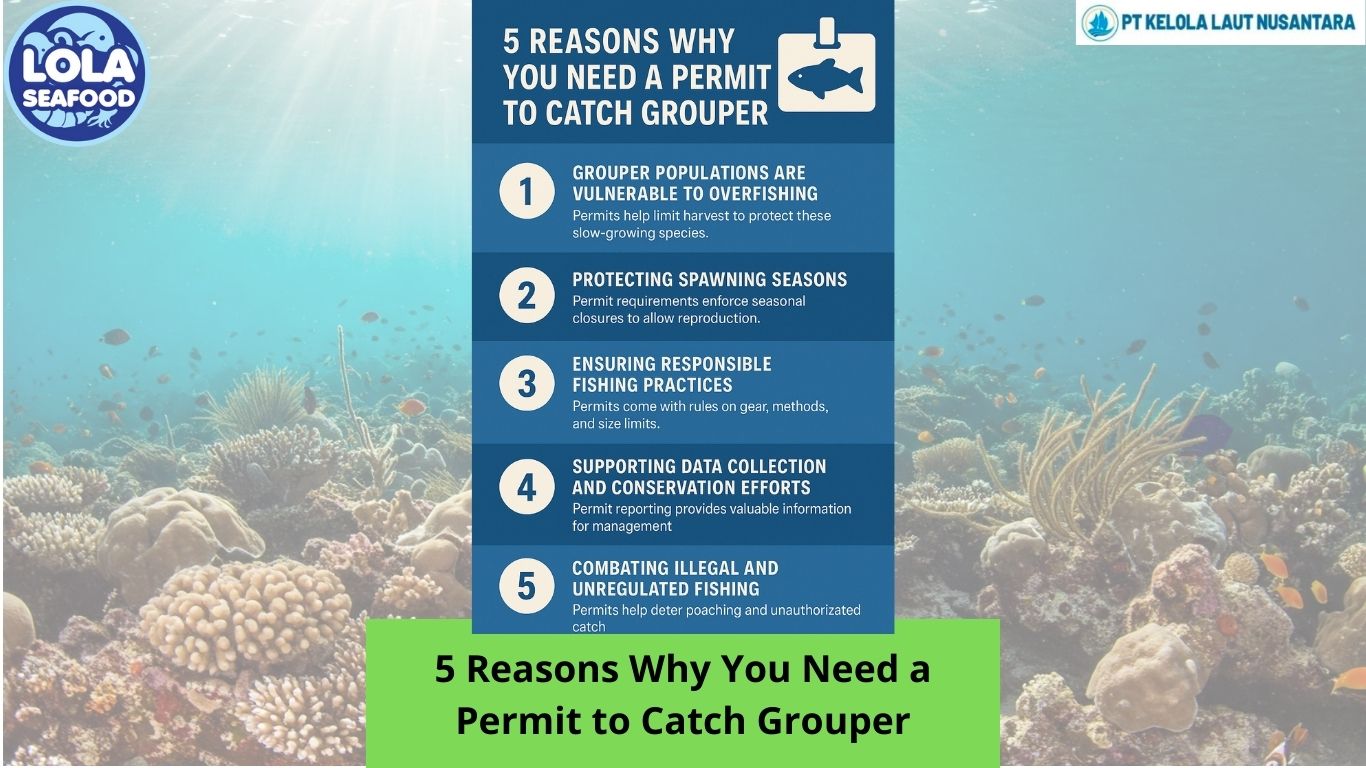WATER SAFETY PLANS
By. Najih - 14 Jun 2024.jpg)
The most effective means of consistently ensuring the safety of a drinking-water supply is through the use of a comprehensive risk assessment and risk management approach that encompasses all steps in the water supply from catchment to consumer. In these Guidelines, such approaches are termed water safety plans (WSP). The WSP approach has been developed to organize and systematize a long history of management practices applied to drinking-water and to ensure the applicability of these practices to the management of drinking-water quality.
The WSP approach comprises hazard analysis, risk assessment and systematic process control. It is an operational quality management concept which includes the following steps:
- The first step of the WSP approach is for senior management of the water supply to assemble a team. The WSP-team is responsible for independently developing a WSP and for implementing it in routine operation of the supply.
- The description of the water supply system is the basis of every WSP. It has to cover the catchment area, abstraction, treatment, storage and the distribution system, including pumping stations and pressure boosting systems.
- The system assessment consists of a hazard analysis and a risk assessment. In WSP terminology, a hazard is any biological, chemical, physical or radiological agent in the water supply system which may cause harm to public health. Hazardous events in the WSP context are incidents or situations which cause hazards to occur in the drinking-water supply. As part of the risk assessment, the WSP team evaluates the risk caused by every hazardous event identified. The risk comprises the two aspects of likelihood to occur and potential severity of consequences.
- Measures for controlling the risks ensure drinking-water quality and reliability of the water supply. Such measures include all actions, activities and processes which aim at permanently eliminating or reducing risks. In this step, the team also has to check and confirm to what extent the existing measures actually control the risks.
- Operational monitoring comprises regular planned inspections, controls or measurements of selected parameters. It aims at ensuring that the control measures in place have been implemented and are operating effectively as planned.
- Verification is an integral part of a WSP in order to confirm that the limit values and requirements of the German Drinking Water Ordinance, as well as water supply goals, are attained. This end-product testing should not be mistaken for operational monitoring.
- It is important that the team documents the results of each WSP step, as well as the underlying considerations. The type and extent of documentation vary, depending on the tasks and the size of the water supply.
- A WSP is never "completed", but should rather be continually and regularly updated and improved by the team. The aim of this planned, periodic review is to "step back to see the bigger picture" to confirm the validity of the WSP.

.jpg)
.jpg)
.jpg)




